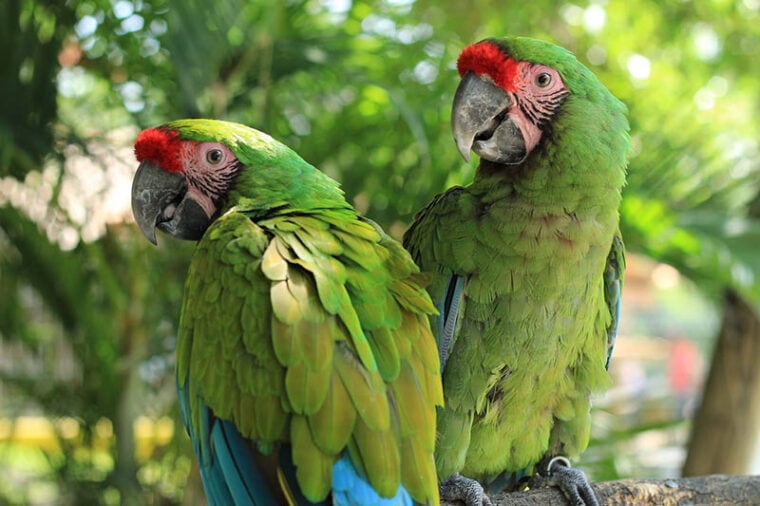
Historically, parrots have played a role as pets throughout many cultures because of their gregarious and lovable nature and high level of intelligence. They have been pictured in ancient paintings, literature, and even in hieroglyphics.
Parrots were kept as companions in the first millennium B.C. by the elite class in Africa and Asia. They became popular when Alexander the Great brought home parrots from India, but when Christopher Columbus brought some back from his expeditions to the United States, interest in these parrots surfaced again.
As interest was lost and regained, parrots slowly grew in popularity and have become the common pet we see in many homes today. Let’s go back in time and learn how they made their way into the homes of humans today.
The History of Domesticated Parrots
1st Millenium BC
Parrots were kept as companions to royalty and the wealthy elite in Asia and Africa during the first millennium B.C. When Alexander the Great conquered India in 327 B.C., he brought Ring-neck Parrots and their cousin, the Alexandrine Parrot, back to Greece. Talking parrots became so popular among the higher class that professional parrot teachers were hired to teach the birds to speak Latin.
Interest in parrots slumped as the Roman Empire declined in the 5th century A.D. During the Middle Ages, interest in parrots was piqued once more as voyagers returned home with them. Birds were generally owned as status symbols by the rich at the time and housed in ornamental cages.
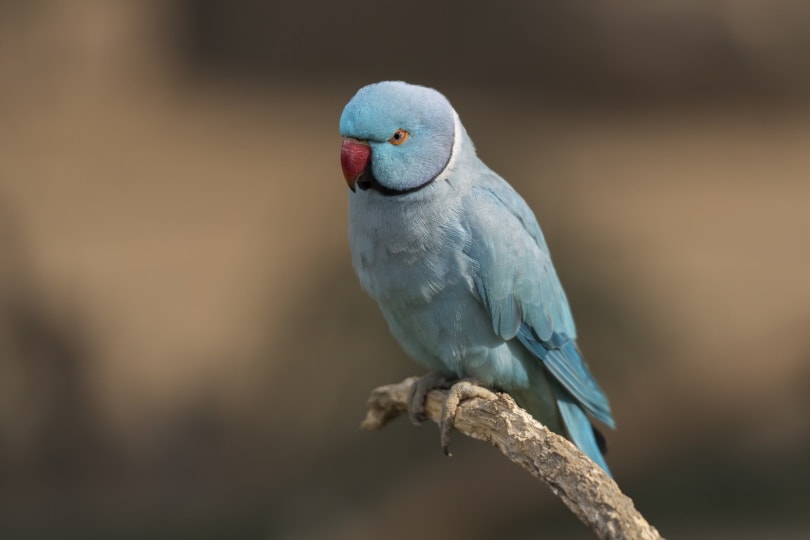
14th Century
The Portuguese controlled a portion of the West African coast in the mid-1400s and frequently brought African grey parrots back with them. The Church held talking parrots in such high esteem at the time that Pope Martin V appointed a “Keeper of the Parrots” to oversee their care.

15th Century
In 1504, Henry VIII owned an African Gray Parrot, which was the first account of a parrot being kept as a pet in the British Isles. From the early 15th century to the early 17th century, European ships sailed around the world searching for new trading routes and partners to feed Europe’s booming capitalism.
Several animals were brought back for museums, research, pets, menageries, and as curiosities for collections called “cabinets.” Parrots were a top choice.
Christopher Columbus returned to Spain with Amazon parrots as gifts from the native Americans he met, sparking renewed interest in the exotic creatures.
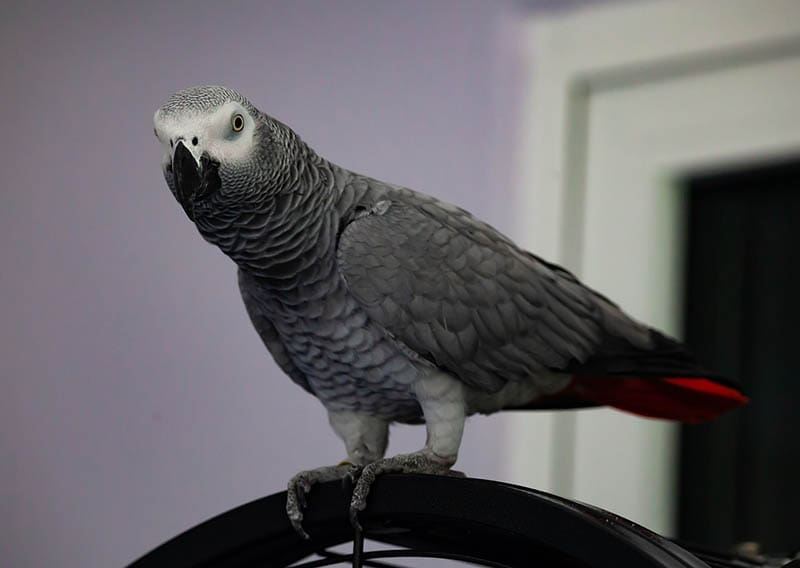
16th Century
During the 16th century, Henry VIII shared Hampton Court with a beloved African gray parrot.
Birds and cages were so sought after in France that an organization of artisans was dedicated to creating fine bird cages. Charles V even possessed gemstone-encrusted bird cages. Although cages from this time did not survive the centuries, some are represented in period art.
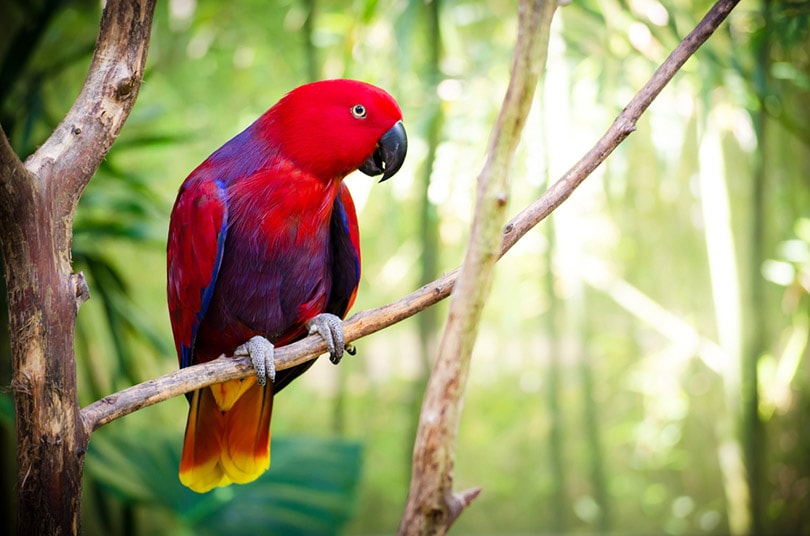
18th and 19th Century
Pets became popular at the court of Versailles in the 18th century, and Madame du Barry, the mistress of the King of France, had a particular fondness for parrots. They sparked a keen interest in exotic pets, particularly parrots and monkeys, that could be easily trained and transported. Madame du Barry even had a naval officer knighted by the king for gifting her a green parrot.
Colonel O’Kelly owned one of the most famous parrots. He paid one hundred guineas for her in Bristol, and she became a celebrity in England over the next 30 years.
During the 19th century, pet shops began displaying tame parrots on open stands, encouraging people to engage more intimately with the larger birds. Many of these large parrots were brought in young and trained by the store owners. Instead of using intimidation as a method of training, they trained them using positive reinforcement, which created a higher potential to keep these parrots as pets.
Budgies were introduced to England in the 1800s, which captivated middle-class English families and started the hobby of parrot keeping in the U.S. The popularity of Fred, the cockatoo in the hit television series “Baretta,” may have contributed to a sharp rise in parrot ownership in the 1970s.
The Association of Avian Veterinarians was founded in the 1980s to aid in the safety of pet parrots.

Today
Parrots are popular pets today. African grays, macaws, cockatoos, budgies, and lovebirds are common pet parrots, to name a few. How a parrot is raised usually has a large influence on its personality, and parrots that are bred for pets have been accustomed to interaction to ensure they are trusting and tame.
But their relationship with humans can be complicated. Their popularity has sadly led to illegal trade, with some species facing extinction. This trade can be economically beneficial for some communities by providing income and driving tourism. Importing wild-caught parrots into the United States and Europe is illegal, but the birds continue to be smuggled in because they command a high price.
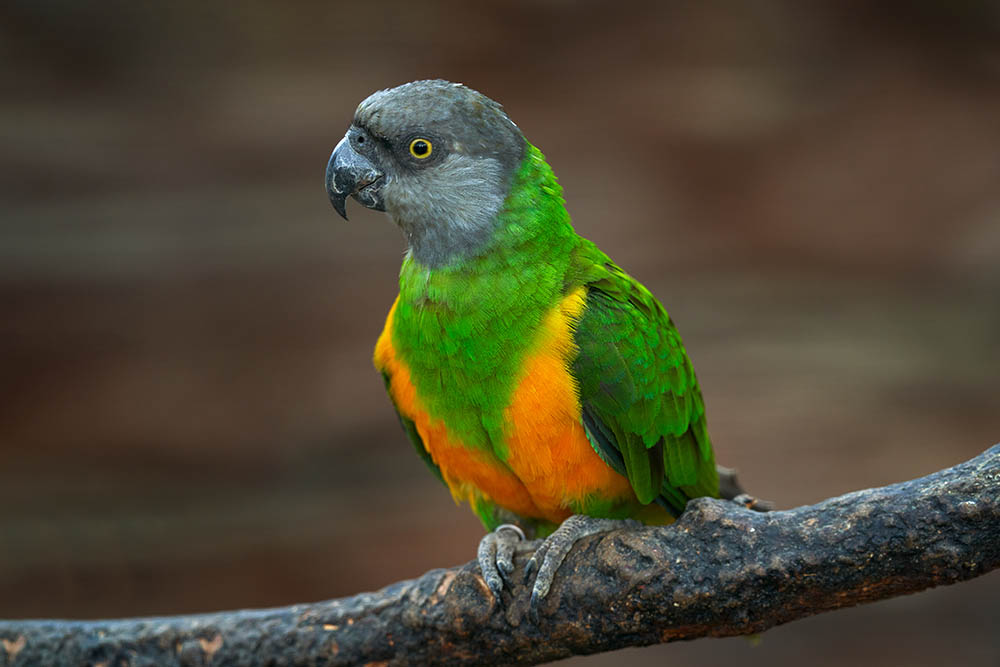
Closing Thoughts
For centuries, parrots have been recorded as the companions of the wealthy and elite. They were and still are loved for their bright plumage, loving temperament, and fascinating ability to echo your words back to you. They have risen in popularity, and approximately 8 million parrots are kept as pets. Keeping a parrot as a pet requires thorough research and training as these are, by nature, wild birds.
See Also:
- Do Parrots Come Back If They Fly Away? Facts & FAQs
- 10 Types of Pet Parrots: Care Tips, Facts & Pictures (Our Vet Answers)
Featured Image Credit: Angie Toh, Pixabay










